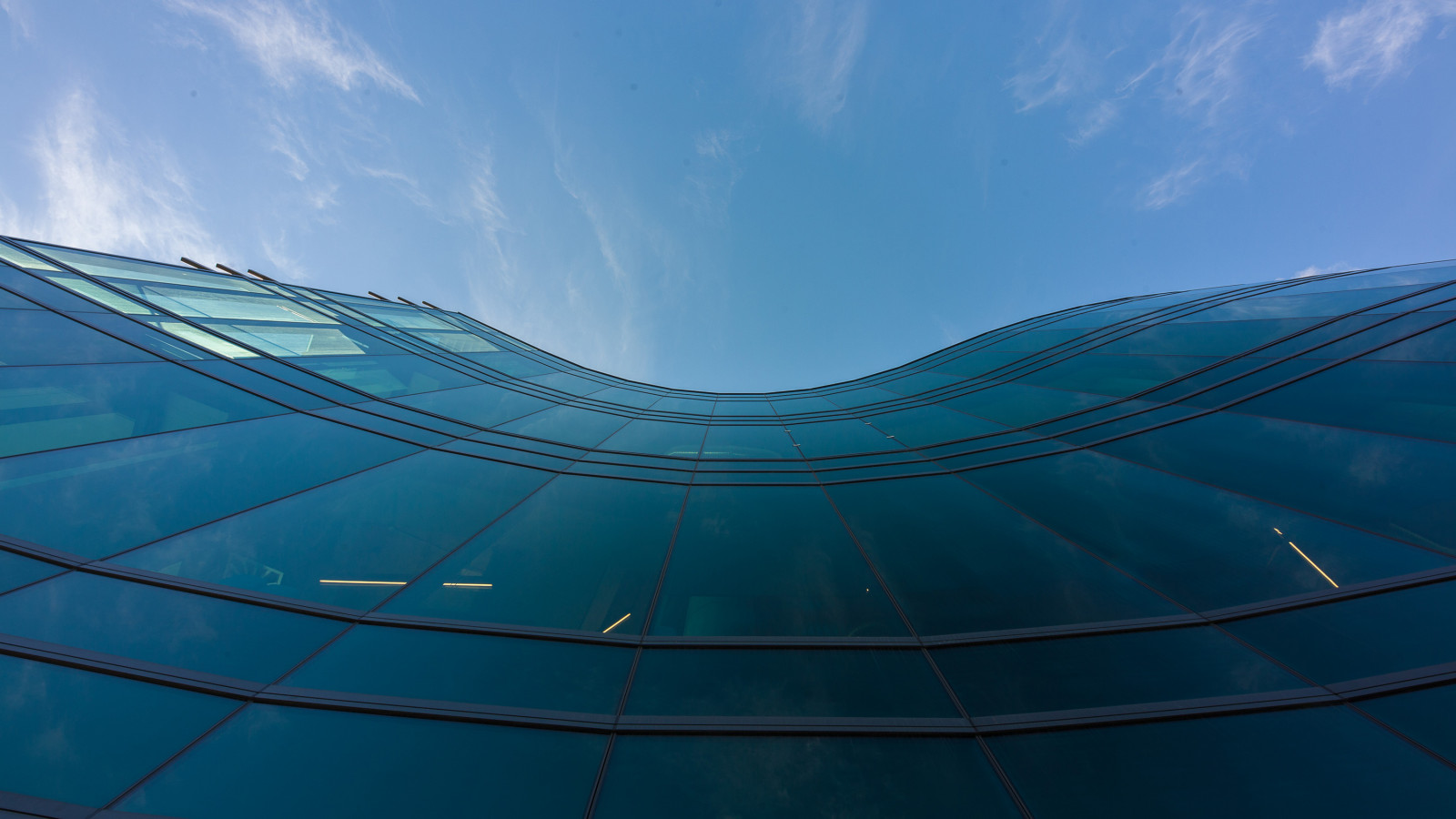Glass is increasingly one of the most versatile building materials for building exteriors and interiors, with the transparency of glass a key driver in its widespread use architecturally. As glass becomes a greater component of the building envelope there is a consequential increase in heat losses from and direct heat gain into the building due to this increased transparency (heat and light are bundled together). This results in additional needs and costs from corrective HVAC to maintain a comfortable internal environment.
The specific requirements for glass vary primarily due to climatic factors by location, orientation and variably by personal preferences. The resulting diversity in demand has spawned a vast range of glass solutions, with significant differences from a performance perspective across glass categories such as tinted, hard-coated reflective, hard-coated low emissivity (Low E), soft-coated reflective, soft-coated low emissivity and ceramic printed frits.
The advent of coatings has addressed energy efficiency in architectural glass, commencing with “hard” coatings applied through an online pyrolysis process during the production of the glass itself and progressing to “soft” coatings deposited through complex offline MSVD (magnetron sputtered vacuum deposition) processes. The coated glass products resulting from these technologies enable tuning of light transmission up and down with an accompanied change in heat transmission properties.
There are, however, inherent trade-offs and limitations as specific aspects of performance and aesthetics are fixed. A distinction of soft-coated Low E glass is that it can only be used within insulated glass wherein the coating is “hermetically sealed”, in contrast, hard-coated Low E glass can be used monolithically. A further distinction between “hard” and “soft” coatings is the wider range of performance values, including lower Solar Factors and lower U-Values.
The three main avenues of energy efficiency, and correspondingly comfort for occupants, are those of limiting thermal heat losses in cold regions, limiting direct solar heat from the sun into the interior and a combination of both. The need to retain heat and/or control direct heat gain in the building is addressed by the suitable selection of Low Emissivity (Low E) coatings available through the two technologies described above, each associated with pros and cons as also related costs. The selection process also factors in other aspects of performance such as colour and reflectance.
Thermal efficiency with Low E glass inherently features lower U-Values, the parameter that measures low energy heat transmission through the glass. A lower U-Value implies higher R-Values (R-Value is the inverse of U-Value). R-Value measures thermal resistance (i.e. the ability of glass to resist the transmission of low energy heat). The lower the U-Value (conversely the higher the R-Value), the greater the effectiveness of glass in helping lower heat losses from the interior of the building. Solar control efficiency is facilitated through the selective use of specific Low E glass types that apart from lower U-Value also feature a lower Solar Factor, the parameter that governs radiant (high energy) heat transmission through the glass. Alternatively, reflective or tinted glass can be used to lower Solar Factor if the resulting trade-offs are acceptable in terms of clarity, light transmission, light reflectance and impact on the built environment. The lower the Solar Factor, the greater the effectiveness of the glass in lowering direct heat gain into the building interior.
The use of energy-efficient glass delivers a more comfortable building interior and helps reduce energy costs across the service life of the building. Other benefits such as reduced glare (through reduced light transmission), lower transmission of ultraviolet (UV) and privacy from external “see-through” can be custom-built into the glass make-up at selective levels to derive increased value from the investment into energy-efficient glass.





























 Most Popular
Most Popular Popular Products
Popular Products



